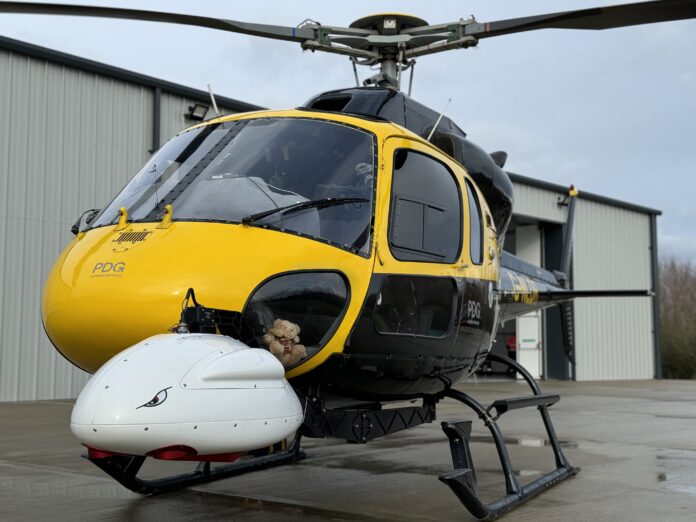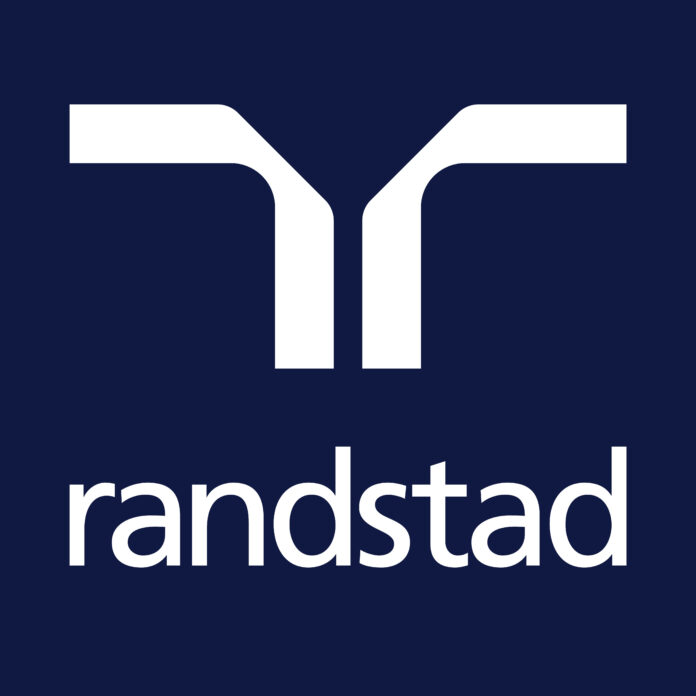Network Rail is trialling a revolutionary helicopter-borne camera system, promising to transform railway maintenance and prevent potentially disruptive failures before they occur. The cutting-edge Multi-Angle Camera System (MACS) is being tested at the Rail Innovation and Development Centre in Melton, near Nottingham, offering an unprecedented, detailed view of the UK’s rail infrastructure.
The MACS, housed in a pod beneath Network Rail’s Twin Squirrel helicopter, combines high-resolution photography, laser surveys, and near-infrared imaging. This powerful combination allows engineers to gain a comprehensive understanding of the network, covering vast distances in a single flight.
During trials at the 13-mile test track, the helicopter captured a wealth of data, including a detailed 3D model of the railway. The system’s laser creates a “point cloud” of up to 300 points per square metre, enabling precise mapping of overhead wires, bridges, and other vital infrastructure.
Three 150-megapixel cameras capture geometrically corrected images from multiple angles, while a fourth captures near-infrared images, revealing plant and tree health. All data is accurately located using an inertial measurement unit. The system also produces digital terrain maps, stripping away trees and buildings to provide a clear view for geotechnical engineers.
Sean Leahy, from Network Rail Air Ops, said: “Passengers and freight customers deserve a reliable railway and the best way to provide that is to know as much about our network as we can, to spot problems before they happen and maintain it to the highest standards. We have brilliant colleagues who are able to work wonders but they can’t be everywhere on the 20,000 miles of track we look after. The MACS is one of the ways we can help them by giving them the best data we can.”
Bradley Sparkes, of Network Rail’s Technical Authority team said: “We operate one of the busiest railways in the world, with over seven million train movements per year making traditional boots-on-ballast inspections a real challenge. When we do ultimately decide to send an engineer on-site for a closer inspection, we need to be sure we’re basing such a deployment on comprehensive and robust prior intelligence. This will help to drive a reduction in inspection related emissions, improvements in worker safety and enhanced asset intelligence.”
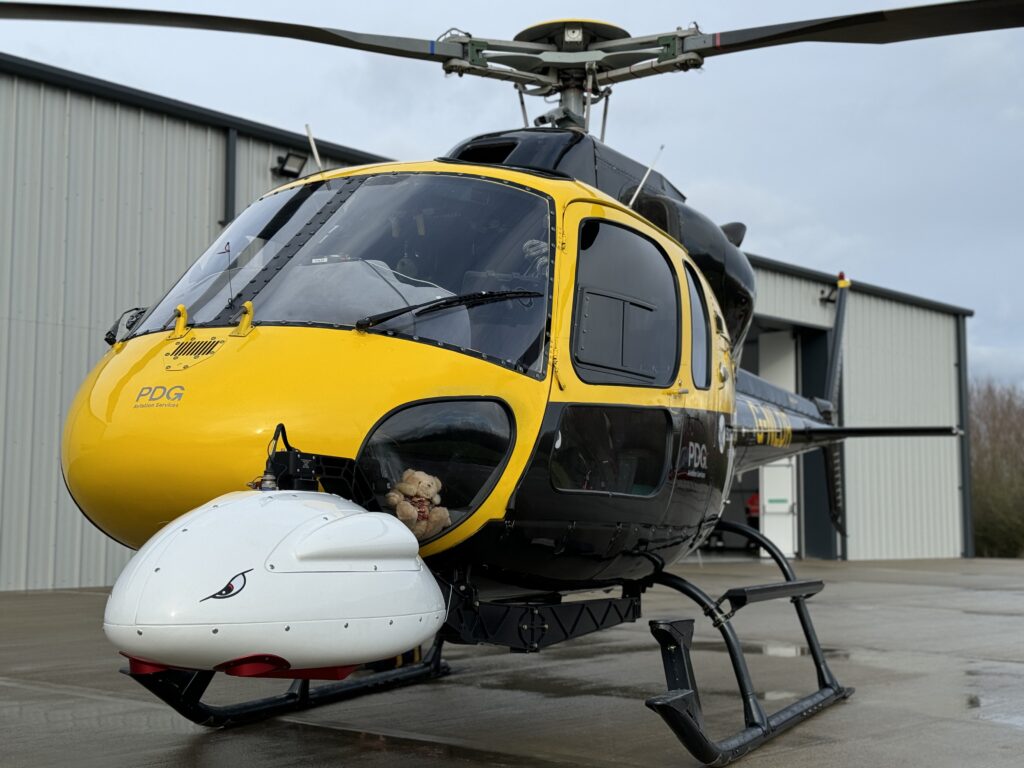
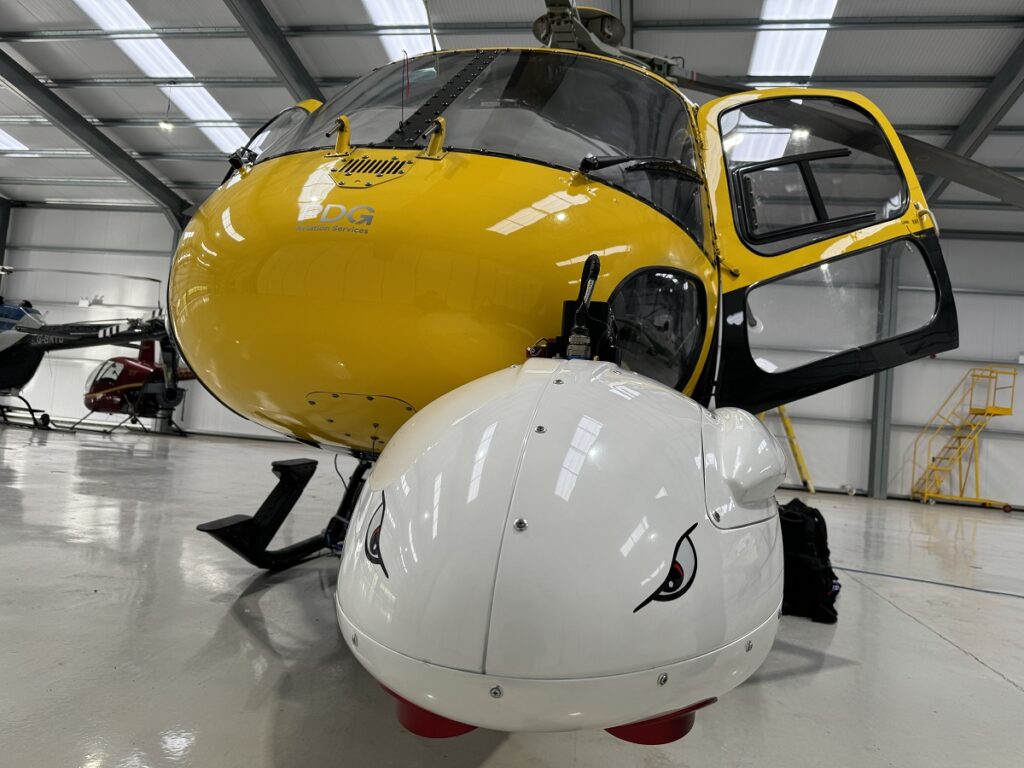
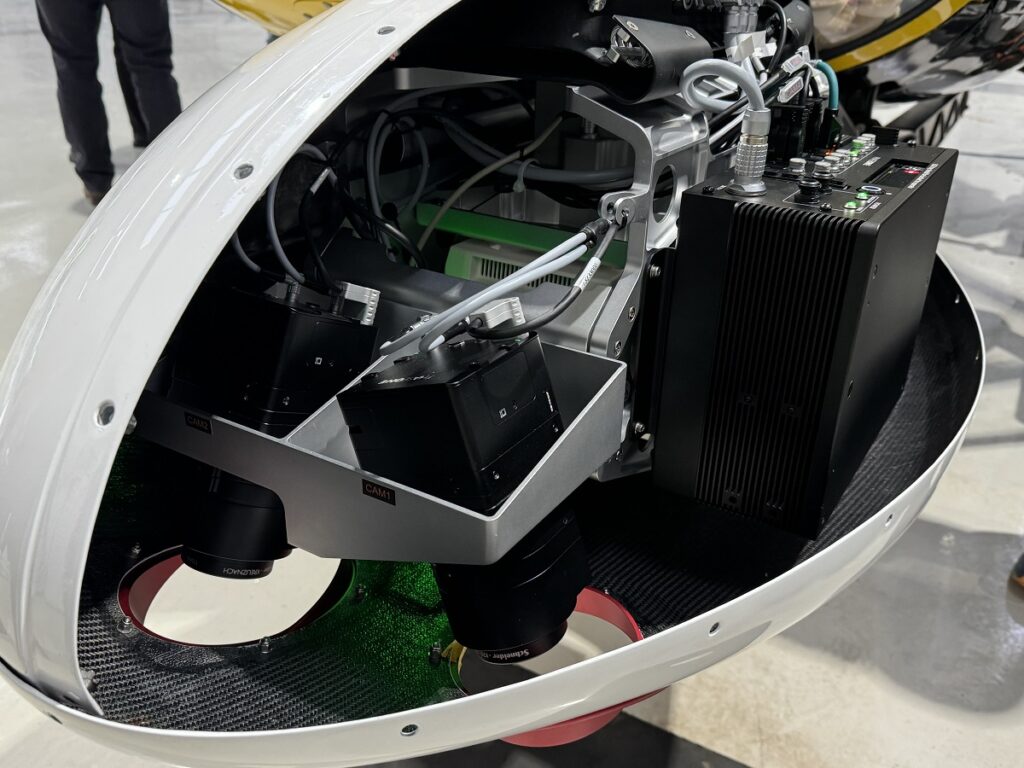
The data collected by the MACS will also pave the way for future innovations. It will provide a foundation for training machine learning algorithms, which could lead to the increased use of survey-grade drones for inspections as Beyond Visual Line of Sight (BVLOS) technology matures.
The MACS will be made available to Network Rail regions as part of the helicopter’s equipment suite, alongside thermal imaging and standard cameras. Network Rail’s Eurocopter (Airbus Helicopters) Twin Squirrel, registration G-NLDR, is operated by PDG Helicopters of Cumbernauld.
This innovative technology marks a significant step towards a more proactive and efficient approach to railway maintenance, aiming to minimise disruption and enhance safety for passengers and freight across the UK.
*Network Rail’s Eurocopter (latterly Airbus Helicopters) twin squirrel G-NLDR is operated for the company by PDG helicopters of Cumbernauld.

